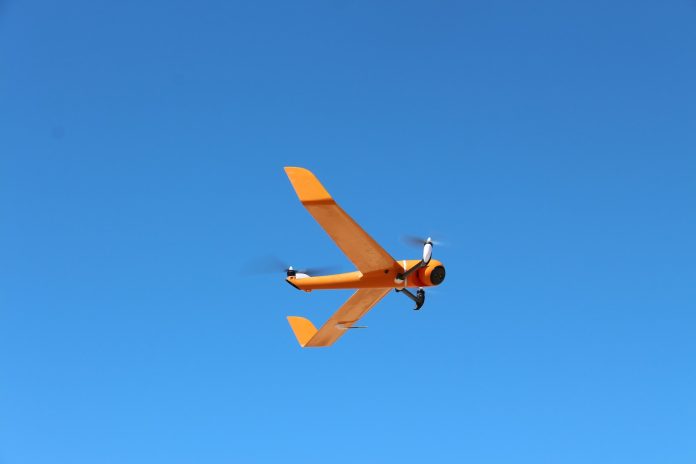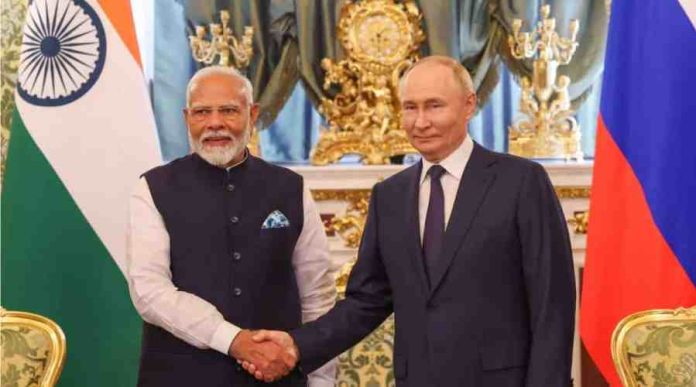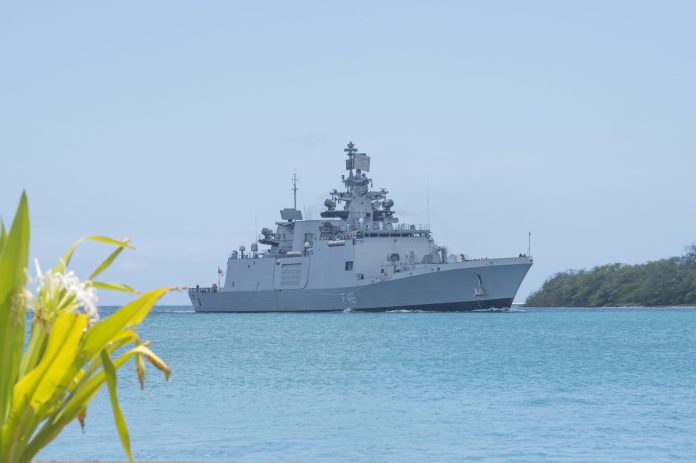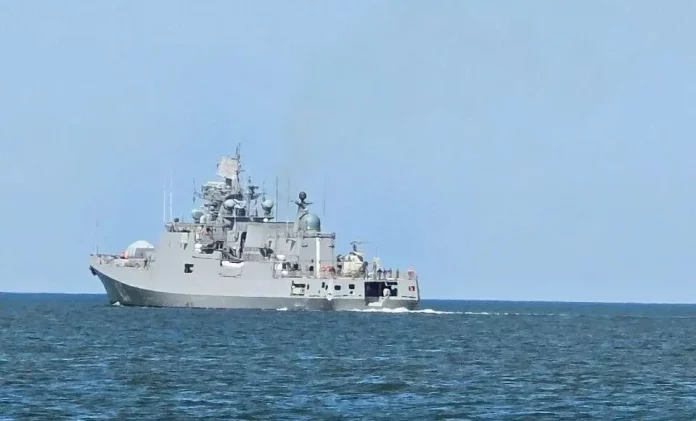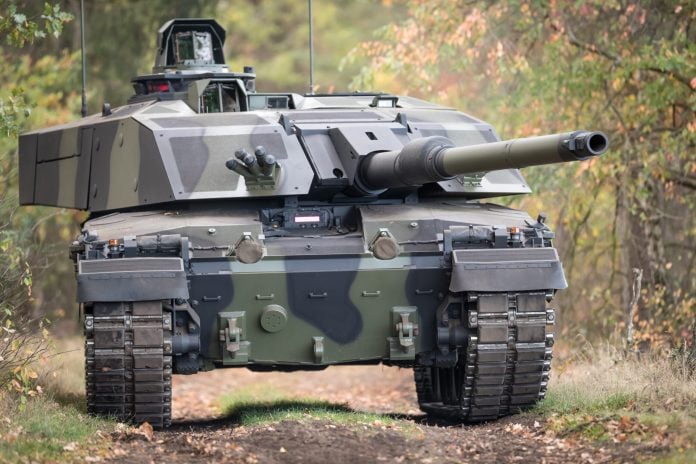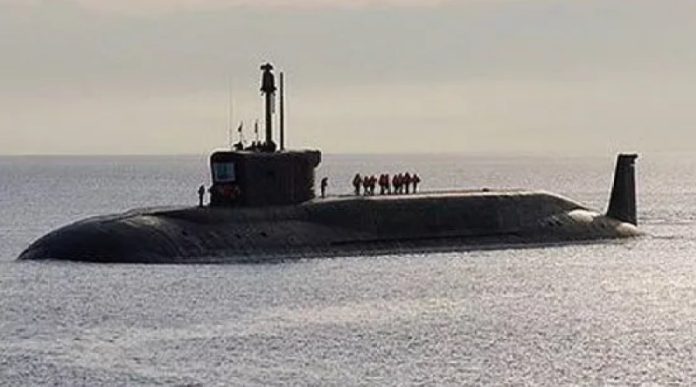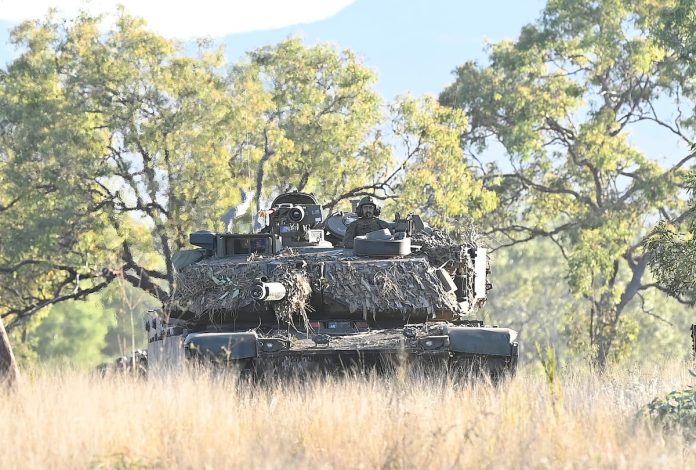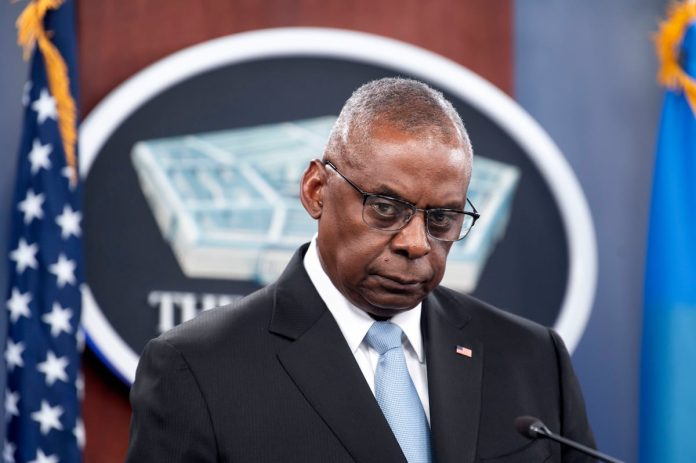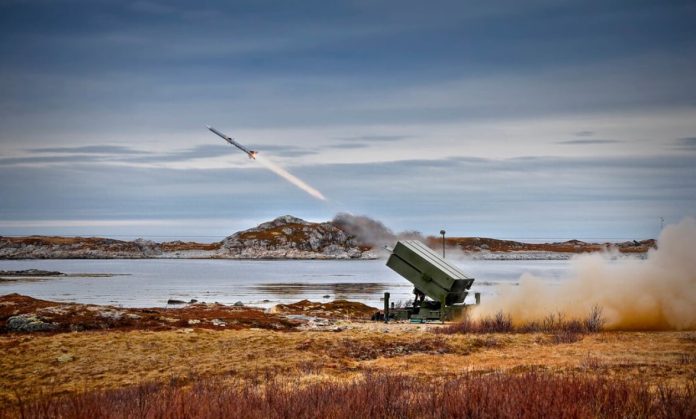Red Cat Holdings Secures $1 Million Contract with U.S. Army for Advanced Drone Solutions
In a significant development for military technology, the Defense Logistics Agency has awarded Red Cat Holdings a $1 million contract to supply its Edge 130 Blue unmanned aerial systems to the U.S. Army. These tricopters will be distributed to the Army’s Communications-Electronics Command (CECOM) where they are set to enhance warfighter capabilities in the areas of command, control, communications, computers, cyber, intelligence, surveillance, and reconnaissance (C5ISR).
Designed specifically for tactical and federal government operations, the Edge 130 Blue is tailored for long-range intelligence, reconnaissance, mapping, and inspection tasks. The drone boasts a lightweight build, weighing just 1.2 kilograms (2.6 pounds), with a wingspan of 1.3 meters (4.2 feet). It can be hand-launched quickly—under one minute—by a single operator, enabling flights that exceed 60 minutes in medium-autonomous mode.
With a top speed of 100 kilometers (62 miles) per hour and a service ceiling reaching 3,650 meters (11,975 feet), the Edge 130 Blue positions itself as a versatile solution for modern combat operations.
“We are excited to deepen our relationship with the U.S. Army and contribute to CECOM’s mission of providing C5ISR systems that empower full-spectrum combat operations at the point of need,” stated Red Cat CEO Jeff Thompson. “Our commitment to supporting the U.S. Army’s modernization strategy aligns with its transformation into a multi-domain force, where portable unmanned aerial systems like Edge 130 increasingly play a crucial role in intelligence, maneuver, and strike activities across varied battlefield formations.”
Earlier this year, Red Cat launched a new line of surveillance and strike drones, which are being offered at competitive prices compared to traditional air defense solutions. In 2023, the company also partnered with autonomy industry leader Athena to integrate advanced artificial intelligence and machine learning software into its Teal 2 military drone.
This contract marks a strategic enhancement of U.S. military capabilities, emphasizing the growing importance of unmanned aerial systems in contemporary warfare.

